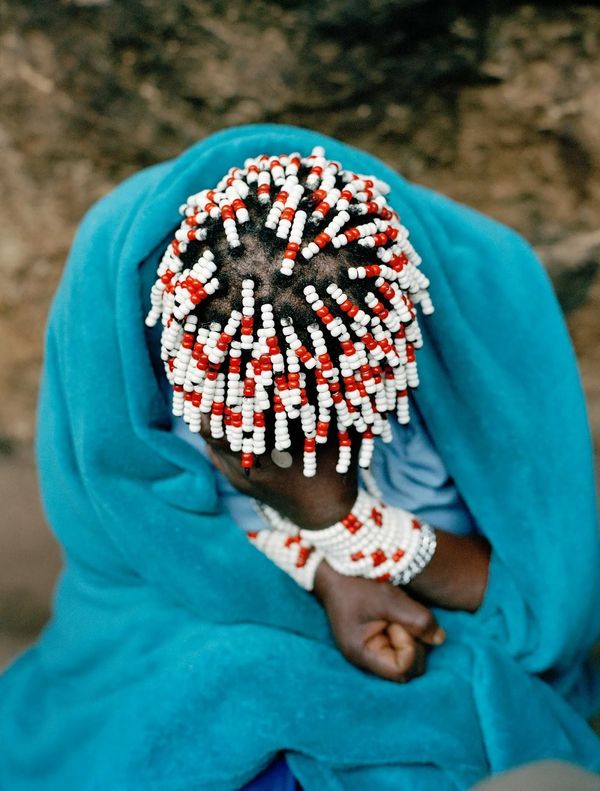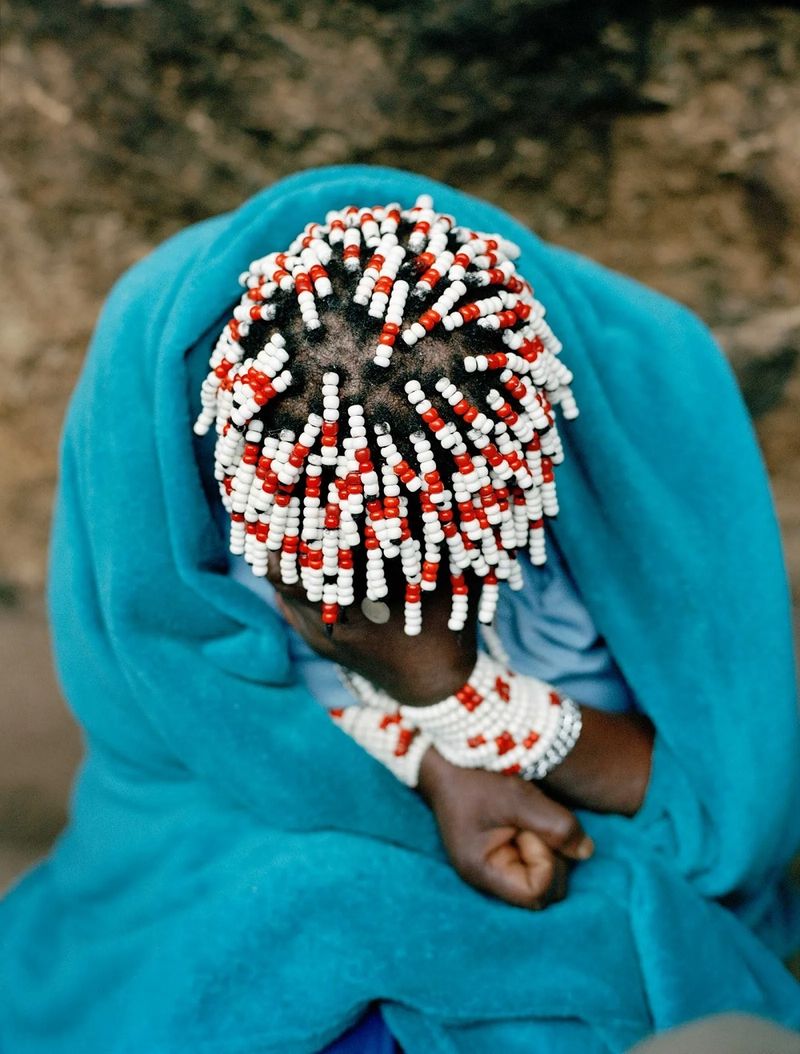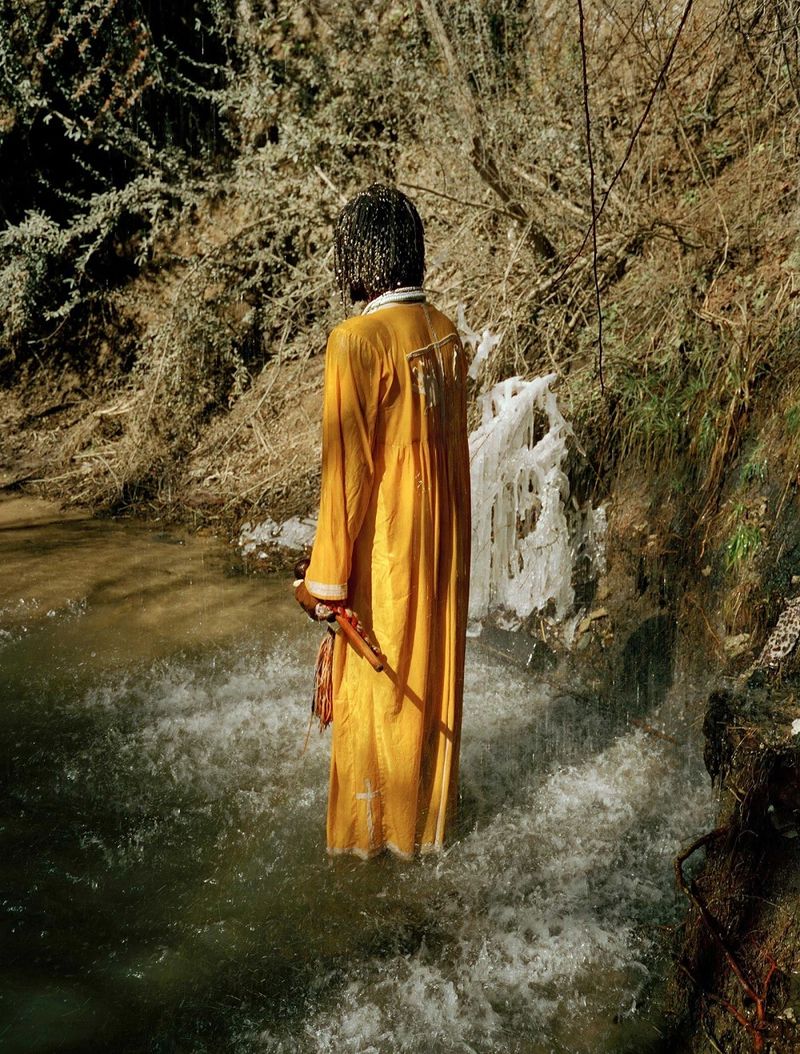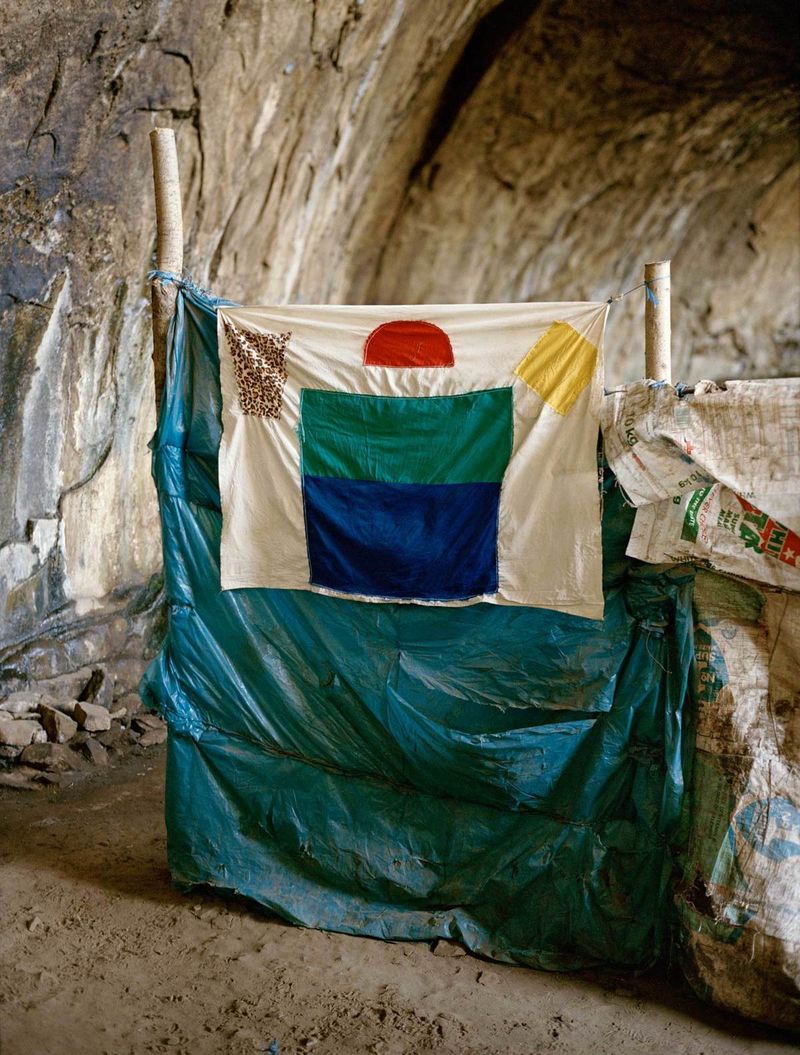The Traditional Healers of South Africa and their Sacred Surroundings
-
Published30 Apr 2020
-
Author
In his series Kekulé's Dream, André Viking travelled to the Free State province of South Africa. Depicting the local belief system in peaceful images, he explores the tension between imagination and knowledge.
In his series Kekulé's Dream, André Viking travelled to the Free State province of South Africa. Depicting the local belief system in peaceful images, he explores the tension between imagination and knowledge.
A late 19th century chemist, August Kekulé was the father of the theory of chemical structure, and in particular the chemical structure of benzene. For the twenty-fifth anniversary of his finding, he claimed to have discovered the structure after having a day-dream of a snake seizing its own tail. Dreams may be a path to knowledge, and South African shamans - the Sangomas - have known this for centuries.
Interested in various forms of mysticism, Danish photographer André Viking went to meet them, to experience for himself. “What really interested me about this belief system of the Sangoma culture is that their biggest medium are the dreams. They use the dreams to get messages from their ancestors, to tell what to expect, what to do ; they use it as a tool”, he says about his series “Kekulé’s Dream”.
While in his previous work about Danish mythology Viking had re-fabricated props in his studio, he decided this time to shoot what was in front of him. The phenomenon he meant to capture may be invisible, he photographed various scenes and props from the ceremonies he attended – a long tunic-dressed silhouette immerged in a river; lit candles; a foot stepping in a blood pound; a bowing head; a face carved on stone; a cane standing still in the water. His photographs distill a deep quietness. “Whatever you receive during this ritual is very personal. I experienced some very personal dreams there, and I wanted to show how intimate the ritual is”, he explains.
The symbols depicted in his pictures are universal though. “There were a lot of artifacts and stuff that could tell us about a certain holism. It was a spiritual place where all religions are welcome. Christianity and African Spirituality are the main ones, sometimes the two have been combined, and I admire that. In the Western part of the world, we tend to only look at facts, at what we can measure and what I admire about this belief is that you have a stronger connection with spirituality and also focus on the things that can't be measured”, he says. Within Viking's narrative, the viewers can pick in their field of references and thoughts, somehow experiencing the floating atmosphere he magnetically translated. “I’m interested in the aspects that can’t be measured and made into scientific facts. Things that are universal mysteries to us all” he says. “I believe photography works in the same way.”
--------------
André Viking is a Danish photographer based in Copenhagen who draws from myths and sprirituality to explore convoluted relationships between meaning, truth and fiction.
Laurence Cornet is a writer and curator based in Paris focusing on cultural and environmental issues. She is also the editorial director of Dysturb.
--------------
This article is part of our feature series Photo Kernel, which aims to give space to the best contemporary practitioners in our community. The word Kernel means the core, centre, or essence of an object, but it also refers to image processing.





